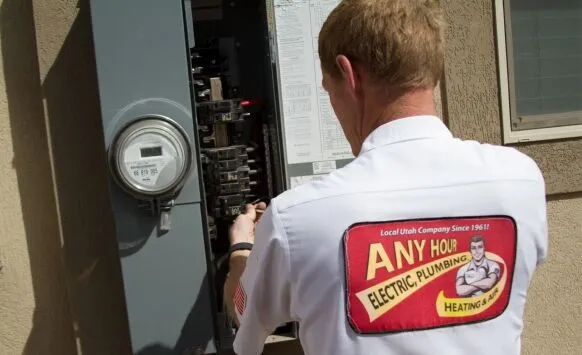There are few things more annoying and frustrating than constant flickering lights. And on top of that, those flickering lights can be a sign of dangerous fire hazards hiding behind your walls. Because of that, this article is going to go over several of the more common causes of flickering lights. We’ll also talk about the ways you can fix each problem.
Failing Light Switches: A “spongey” switch, or one that doesn’t click into place well, is often going to lead to flickering lights. Sometimes it may turn on fine, other times you may have to play with it a little, or it may not want to stay on. These things happen because the spring holding the switch weakens over time. If that happens, replacing the switch should fix the problem.
Non-LED Compatible Dimmer Switches: One thing you could be dealing with is a match between an LED bulb and a dimmer switch. You might need to play around with the switch to find “the sweet spot” to get it to stop flickering. If this is happening to you, it's a good idea to start by making sure you have a dimmable LED. Then swap the dimmer switch to match it and you should be good to go.

Loose Bulbs Or Failing Sockets: There are two points on the inside of a light bulb socket. One that connects to the outside metal threading and one that connects to the center of the screw stem. If either point gets corroded, it can’t make a good connection. In that situation, replacing the socket should fix the problem. Sometimes the bulb is a little loose, though, and tightening it is enough.
Loose Or Corroded Wires At The Circuit Breaker: Small screws in your breaker panel hold the circuit wires in place. If they got loose or corroded, they might not be making a good connection. That inconsistency could be what’s causing the flickering lights. Loose connections like that can cause arcing and fires, so it's vital for an electrician to tighten them.
